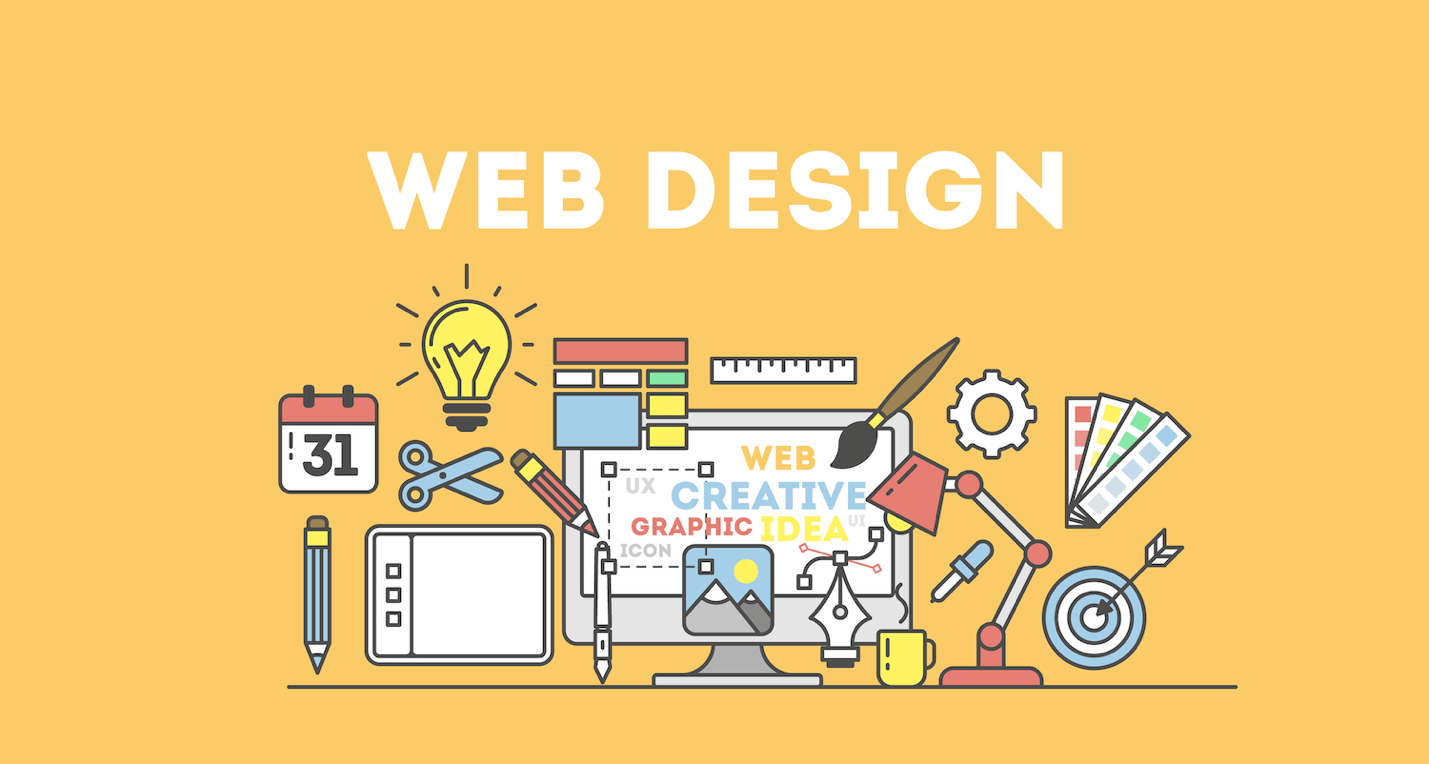Optimized Website Design Solutions for Enhanced User Interaction
Optimized Website Design Solutions for Enhanced User Interaction
Blog Article
Leading Tips for Developing an Impactful Internet Site Style That Transforms
To achieve this, one need to think about a variety of elements, including recognizing the target audience, focusing on customer experience, and maximizing for mobile systems. The tactical use of compelling call-to-actions and a well-defined aesthetic pecking order plays a crucial role in leading customers with their journey.
Understand Your Target Market
Understanding your target market is fundamental to effective internet site layout, as it lays the foundation for developing an appealing customer experience. Recognizing that your users are, including their demographics, preferences, and habits, enables designers to tailor the website's content, layout, and capability to meet details requirements.
Conducting comprehensive market study is critical in this process. Surveys, meetings, and analytics can supply useful understandings into user expectations and pain factors. By compiling this data, developers can develop user characters that stand for different sections of the target market, ensuring that style decisions are informed and relevant.
Furthermore, understanding the target market helps in choosing suitable style components such as color systems, typography, and imagery that reverberate with customers. A website that talks straight to its target market cultivates a feeling of link and count on, encouraging longer visits and higher conversion rates.
Inevitably, a user-centered approach to web site design not only boosts individual complete satisfaction but also sustains service objectives by driving involvement and commitment. By focusing on the needs and choices of the target audience, a website can efficiently serve its purpose and achieve desired results.
Prioritize User Experience
To boost the total effectiveness of a website, focusing on customer experience (UX) is essential (Website Design). A well-designed UX makes sure that site visitors can navigate the website easily, locate information promptly, and engage with material meaningfully. This leads to increased user contentment and greater conversion prices
Begin by implementing instinctive navigating. Menus must be realistically structured, permitting customers to find vital locations of the website with minimal initiative. Uniformity in layout aspects, such as color design and typefaces, cultivates experience, which is crucial for maintaining customer interaction.
Furthermore, take into consideration the filling rate of your internet site. A delay of just a few seconds can cause significant drop-offs, as customers are much less likely to wait for a slow-loading web page. Enhancing photos and optimizing code can improve performance and maintain site visitors.
By prioritizing customer experience, you not just develop a more delightful environment for site visitors yet also strengthen your brand name's reliability. Inevitably, an emphasis on UX is an investment in the long-term success of your website.
Enhance for Mobile Tools
Maximizing for mobile phones is vital in today's digital landscape, where an increasing variety of individuals gain access to sites with smartphones and tablets. A mobile-friendly style not just enhances customer experience however additionally plays a substantial duty in enhancing search engine rankings. To accomplish this, it is necessary to take on a responsive design that automatically gets used to various display dimensions and orientations.

Packing speed is an additional vital element; mobile users are commonly much less person and anticipate rapid accessibility to information. Enhance pictures and utilize internet browser caching to improve efficiency. Examination your web site on several tools and screen resolutions to determine and rectify any potential functionality problems. By prioritizing mobile optimization, you ensure that your web site continues to be competitive and efficiently engages a more comprehensive audience.
Usage Compelling Call-to-Actions
A site's efficiency typically hinges on its capability to guide site visitors toward preferred actions, making engaging call-to-actions (CTAs) vital parts of style. CTAs work as the critical points that direct customers to involve with the website, whether that suggests purchasing, enrolling in a newsletter, or downloading a source.
To produce effective CTAs, clarity is paramount. Usage concise language that plainly communicates the action you desire the individual to take. Phrases such as "Begin," "Subscribe Free," or "Store Now" not just communicate web link urgency yet also remove ambiguity. The placement of CTAs is equally important; they should be tactically positioned throughout the web page to ensure they are conveniently noticeable, especially in high-traffic areas.
Additionally, the style of CTAs should stand out without being interfering. Use contrasting shades and clear fonts to ensure they record attention. Furthermore, you could try here consider making use of directional signs, such as arrows or images, to lead customers toward these switches. By focusing on these elements, organizations can dramatically improve user engagement, driving conversions and ultimately accomplishing their site's goals.
Concentrate On Visual Hierarchy
Efficient website layout counts greatly on a well-structured aesthetic hierarchy that overviews customers with material seamlessly. By organizing elements in a fashion that focuses on details, developers can boost user experience and promote decision-making. This entails using size, color, comparison, and spacing strategically to accentuate the most critical elements of a web page.
Making use of larger typefaces for headings and subheadings establishes a clear distinction in between various areas, permitting individuals to check material effortlessly. In addition, utilizing contrasting colors for switches and calls-to-action can capture individual attention and urge communication. Whitespace is an additional crucial component; it prevents mess and allows users to focus on vital messages without interruptions.
Images and graphics should match the message while also sticking to the established pecking order, strengthening the total message (Website Design). Consistency in design aspects, such as color schemes and typography, further reinforces the visual hierarchy, making navigating user-friendly

Verdict
In conclusion, efficient website style necessitates a comprehensive understanding of the target audience, prioritization of customer experience, and mobile optimization. Eventually, a well-executed site layout offers as a crucial part in driving customer activities and accomplishing business goals.
Report this page